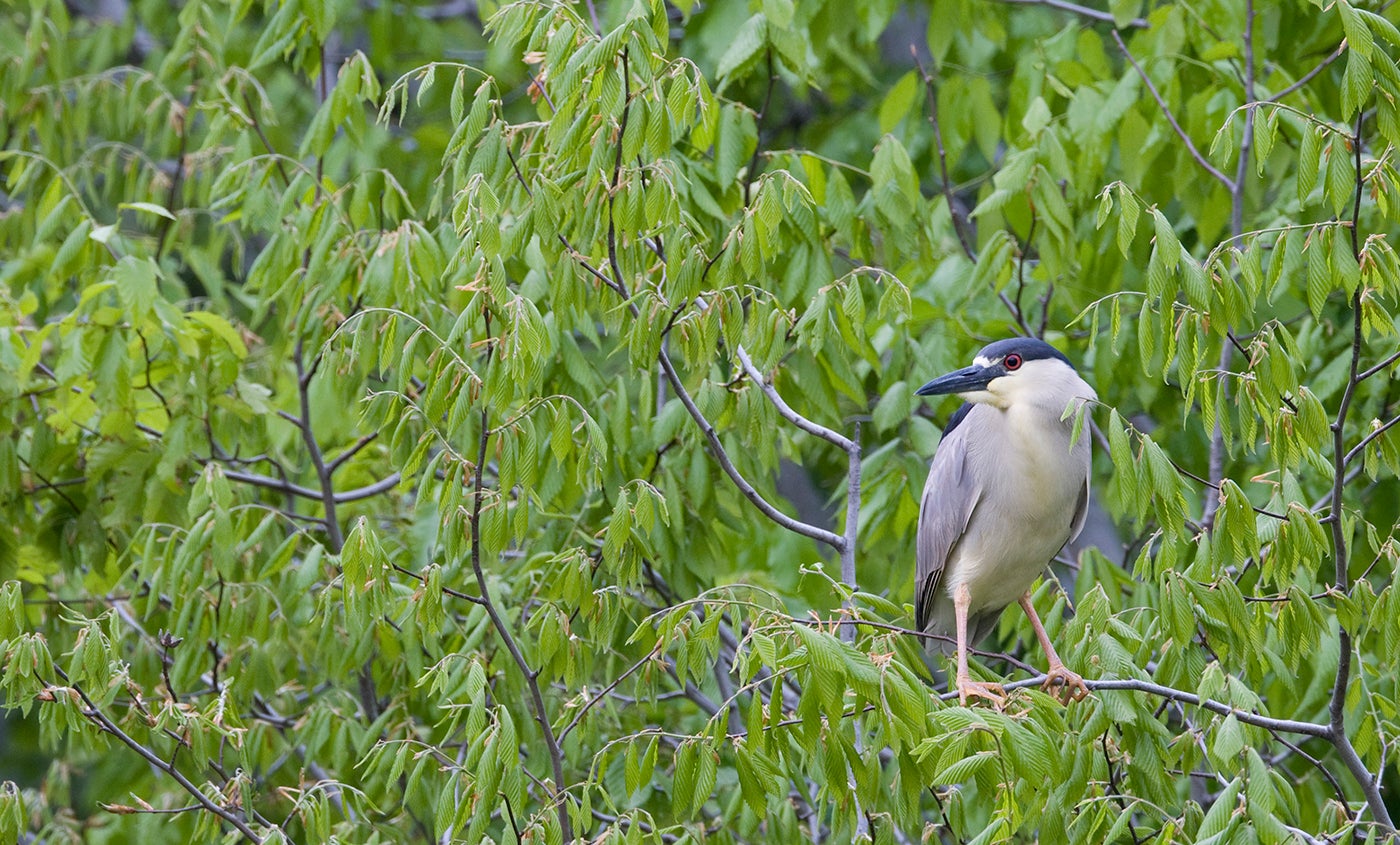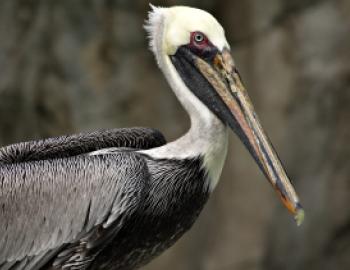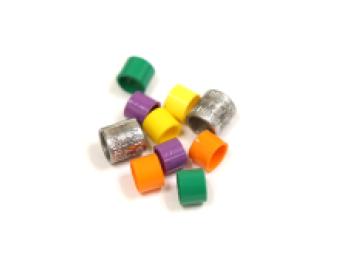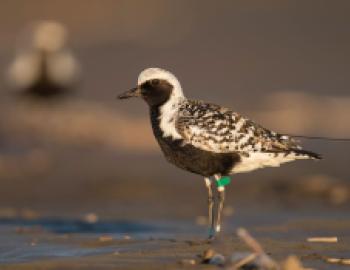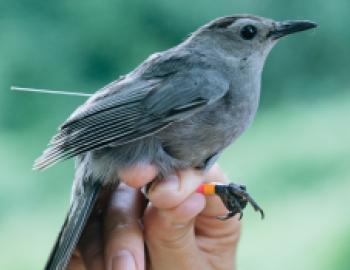Welcome, students! This is your go-to landing page for all of the resources you will need when completing the Follow That Bird! lessons. Use the menu below to access bird profiles, tracking device readings, live bird-tracking data and bird-tracking maps.
Teachers: Welcome to Follow That Bird! A Science and Technology Unit on Tracking Birds. Download the lesson plans here.

